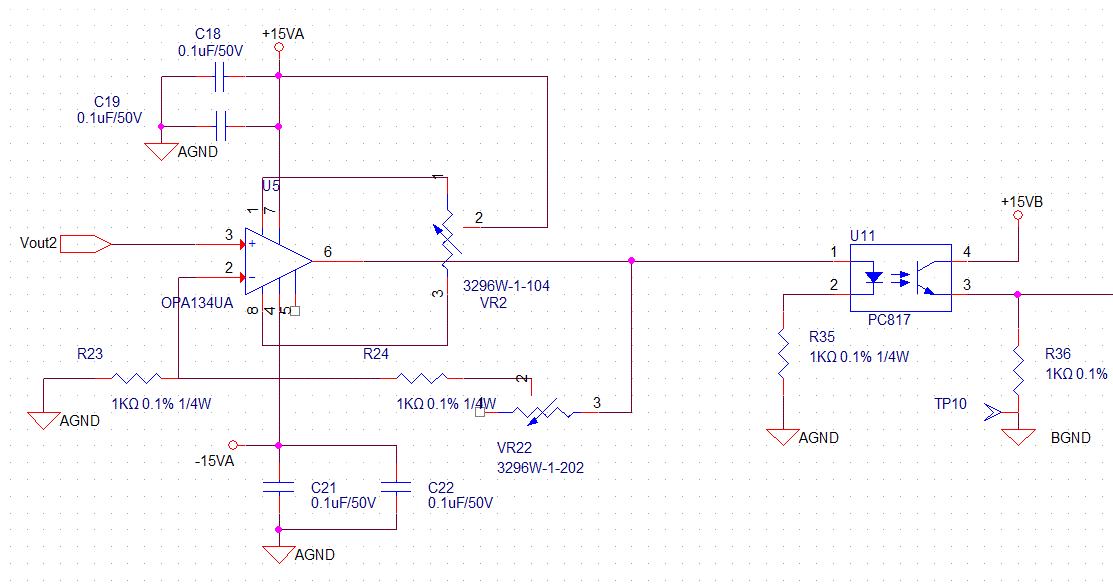I want to have the same potential or linearity in opto isolator's
input and output
You do not seem to be aware that potential and linearity are not remotely the same thing. And linearity is your problem.
If you go to the data sheet and look at Figure 6, you will see why your circuit does not work the way you want. The CTR is not remotely constant. With non-constant CTR, the current out is not proportional to the current in, so your circuit is wildly non-linear.
If you want to take your chances, get two of the same model and date code, and try replacing your optocoupler with

simulate this circuit – Schematic created using CircuitLab
There is no actual guarantee that the two units will have exactly the same CTR curves, but you can at least give it a try. With the same model numbers, the CTRs should be something close, and you can vary R2 to do a first-order gain matching.




